Avoiding heat illness while working outside
Hibu Websites • March 31, 2021
Avoiding heat illness while working outside
13 May, 2017
Water. Rest. Shade. While manual labor isn’t universally described as “pleasant,” working outside during the spring and autumn months can be rewarding. With a cool breeze and generous cloud cover, workers can go about their business with little-to-no concern regarding...
Water. Rest. Shade.
While manual labor isn’t universally described as “pleasant,” working outside during the spring and autumn months can be rewarding. With a cool breeze and generous cloud cover, workers can go about their business with little-to-no concern regarding heat illnesses. As the spring months turn hot, however, heat exhaustion and heat stroke become deadly consequences.
The Occupational Safety and Health Administration (commonly referred to as OSHA) fights an ongoing battle to communicate hazards and educate workers on the importance of avoiding danger. Workers who spend their days outside – like construction workers – face a serious health risk if they don’t understand the warning signs.
Warning signs of Heat Exhaustion:
- Dizziness
- Headache
- Sweaty skin
- Weakness
- Cramps
- Nausea, vomiting
- Fast heart beat
Warning signs of Heat Stroke:
- Red, hot, dry skin
- High temperature
- Confusion
- Convulsions
- Fainting
OSHA requires that employers keep employees safe from hazards at work. While not immediately apparent, this also means providing a safe environment designed to combat hot or cold temperatures. In the case of extreme heat, employees should be provided with water, rest and shade in addition to constantly monitoring for signs of illness.
What can be done to prevent heat-related illness?
Heat exhaustion and heat stroke are devastating conditions that are best avoided altogether. By acting proactively, construction workers can prevent these heat-related illnesses. OSHA provides these simple tips
that can be used to avoid heat related illnesses or fatalities.
- Drink water every 15 minutes, even if you are not thirsty.
- Rest in the shade to cool down.
- Wear a hat and light-colored clothing.
- Learn the signs of heat illness and what to do in an emergency.
- Keep an eye on fellow workers.
- “Easy does it” on your first days of work in the heat. You need to get used to it.
If you or a loved one has struggled with heat illness, it might be wise to file a workers’ compensation claim to recover money for lost wages and medical bills. If you are considering filing a claim or have been initially denied, an experienced workers’ compensation attorney can provide the guidance you need.
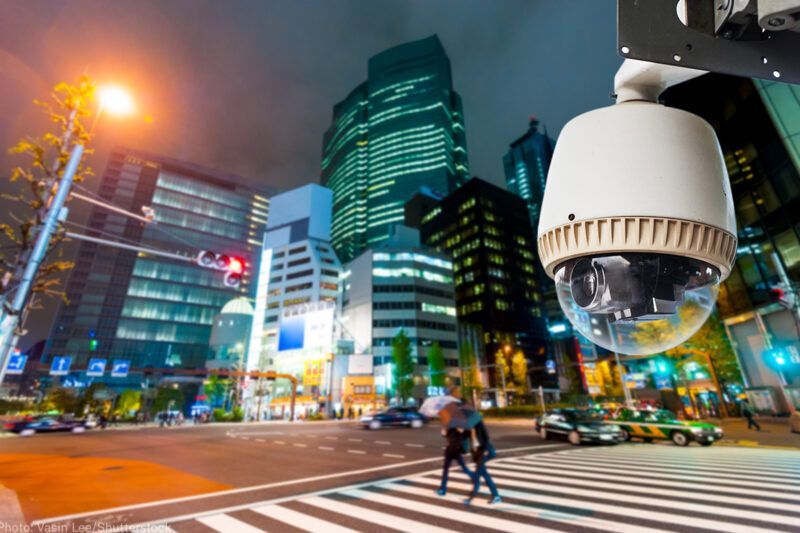
Personal Injury: Dealing with Insurance Company Surveillance in Des Moines, IA and Surrounding Areas
Learn why insurance companies use surveillance after an accident and how it can impact your case. Talk to trusted Des Moines injury attorneys at LLDDC Law—free consultation, no fee unless we win.

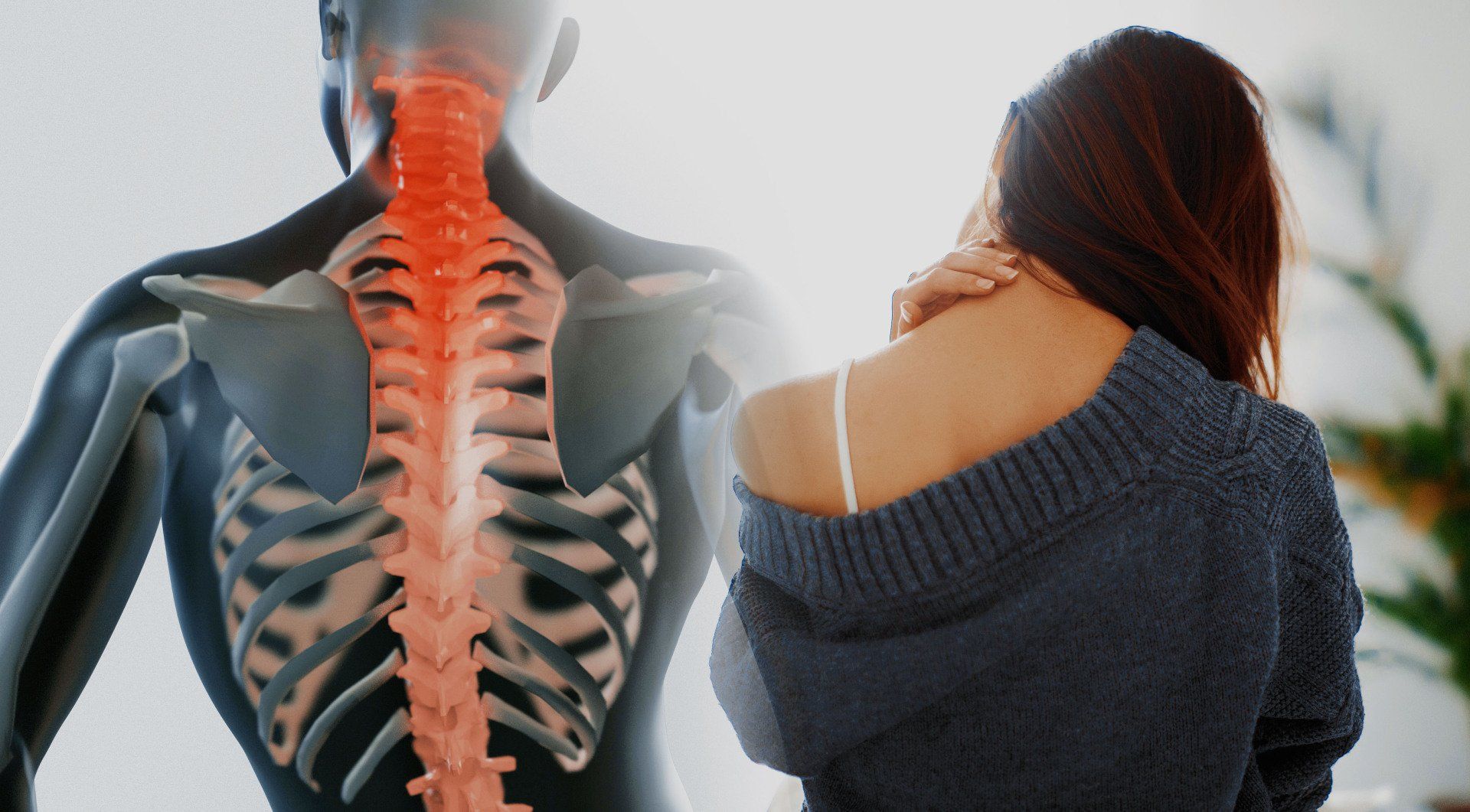

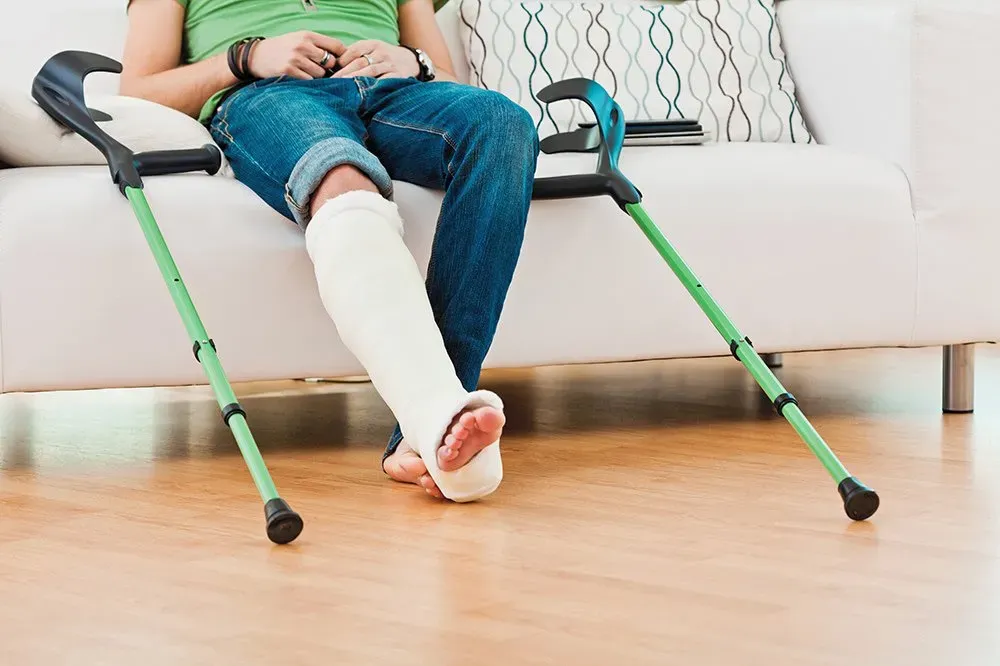
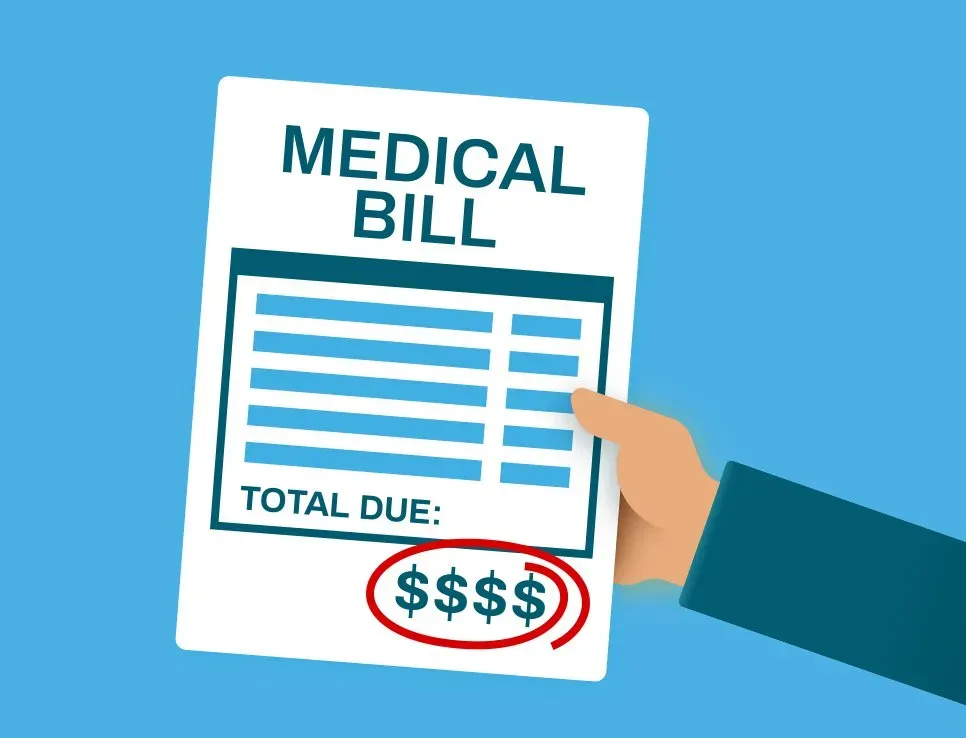
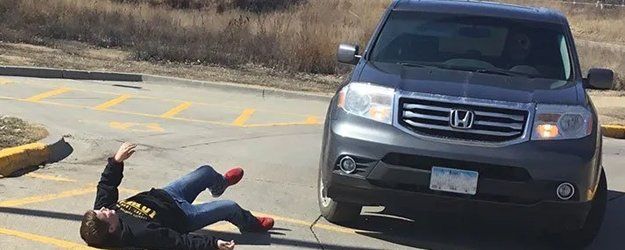
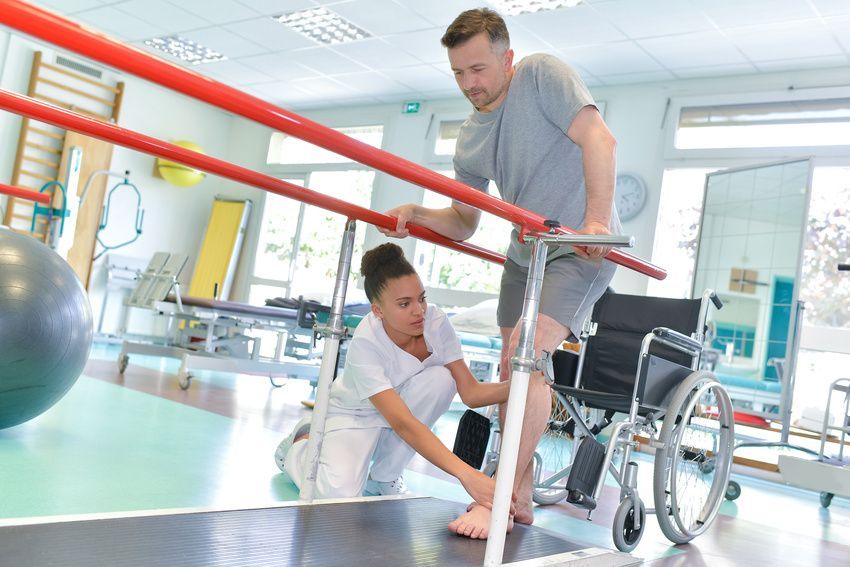
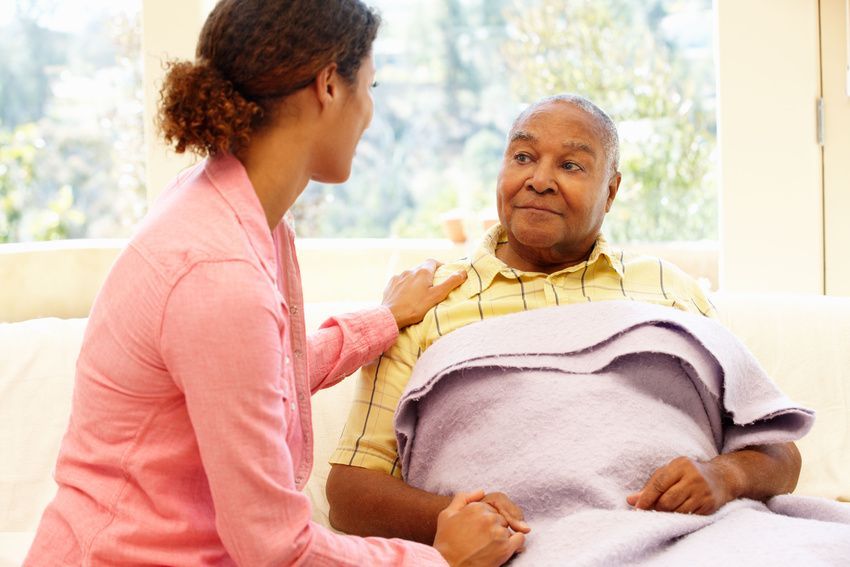

Share On: